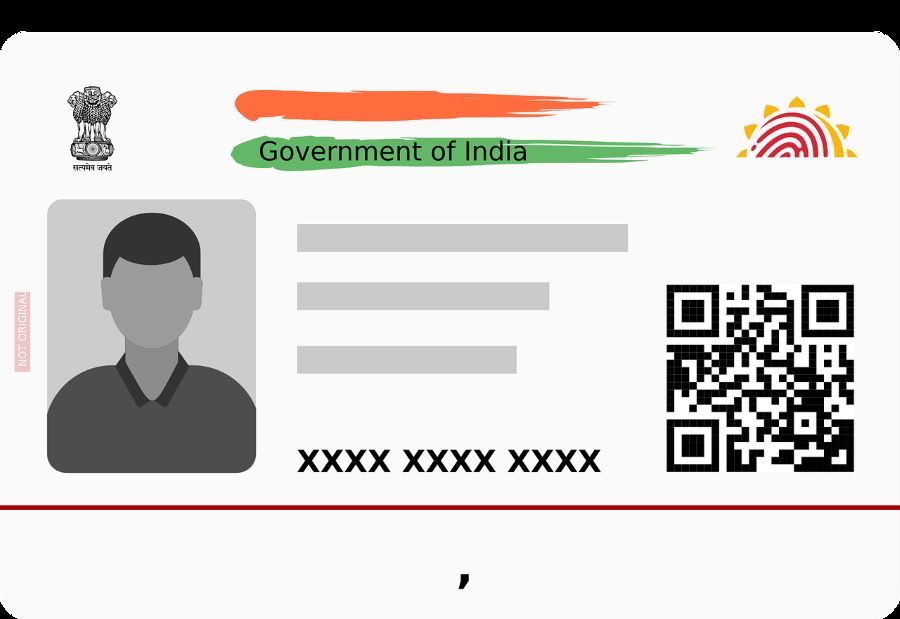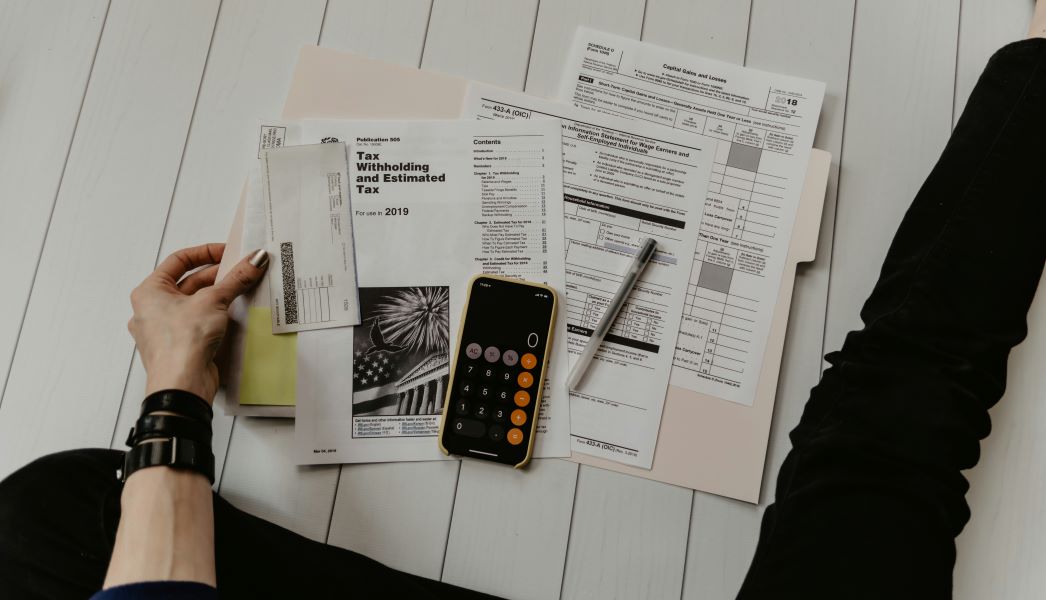Refinancing your second home can be a smart financial move, especially if you want to lower your monthly payments, get a better interest rate, or tap into your home’s equity. This process involves replacing your existing mortgage with a new one, ideally under better terms. Here, we’ll walk you through the steps to refinance your second home in simple terms, covering the basics and offering some tips along the way.
What is Refinancing?
Refinancing is the process of taking out a new loan to pay off your existing mortgage. The new loan should ideally have better terms, such as a lower interest rate, which can reduce your monthly payments and save you money in the long run.
Why Refinance Your Second Home?
There are several reasons you might consider refinancing your second home:
- Lower Interest Rates
- Shorten Loan Term
- Cash-Out Refinance
- Switch Loan Types
Steps to Refinance Your Second Home
1. Assess Your Financial Situation
Before refinancing, evaluate your current financial health. Check your credit score, as a higher score can get you better loan terms. Ensure your income and debt levels support a new loan.
2. Determine Your Goals
Be clear about why you want to refinance. Are you looking to lower your payments, pay off your loan faster, or get cash out for other purposes? Your goals will guide the type of refinancing loan you should pursue.
3. Shop Around for Lenders
Research different lenders to compare their refinance rates and terms. Don’t just settle for your current lender; explore options to find the best deal. Look at both online and traditional banks, as well as credit unions.
4. Gather Necessary Documents
Prepare all the required loan documents for your refinance application. These usually include:
- Proof of income (pay stubs, tax returns)
- Credit report
- Details of your current mortgage
- Property appraisal report
- Proof of insurance
5. Apply for Refinancing
Submit your application to the chosen lender. You might need to pay an application fee at this stage. Ensure all your information is accurate to avoid delays.
Also Read: Common Pitfalls to Avoid When Applying for a Personal Loan with a Low CIBIL Score
6. Get a Home Appraisal
Your lender will likely require a new appraisal to determine your home’s current market value. The appraisal can affect your loan terms and whether you can get a cash-out to refinance.
7. Review Loan Estimate
After applying, you’ll receive a Instant Loan Estimate form from the lender. This document outlines the loan’s terms, interest rate, monthly payments, and closing costs. Review it carefully and ask questions if anything is unclear.
8. Close on the Loan
If you’re satisfied with the loan terms, proceed to closing. This involves signing the final paperwork and paying any closing costs. Once completed, your old mortgage is paid off with the new loan, and you start making payments on the new mortgage.
Airtel Personal Loan
If you need extra funds during the refinancing process, consider an Airtel personal loan. This loan can be used for various purposes, including covering closing costs or funding home improvements. Airtel offers a quick and easy application process with competitive rates, making it a convenient option for managing your finances during a refinance.
Also Read: Artificial Intelligence in Loan Assessment: How Does It Work?
FAQs
1. What is the best time to refinance my second home?
The best time to refinance is when interest rates on loans are lower than your current rate, and when your credit score and financial situation are strong enough to qualify for better terms.
2. Can I refinance if I have bad credit?
It might be more challenging to refinance with bad credit, but it’s possible. You may need to shop around for lenders who offer loans to those with lower credit scores, though the terms might not be as favourable.
3. How much does it cost to refinance a second home?
Refinancing costs can range from 2% to 5% of the loan amount, including appraisal fees, application fees, and closing costs. Be sure to factor these costs into your decision.
4. How long does the refinancing process take?
The refinancing process usually takes 30 to 45 days, depending on the lender and the complexity of your application.
5. Can I do a cash-out refinance on my second home?
Yes, a cash-out refinance allows you to tap into your home’s equity to get cash for other needs, such as home improvements or paying off high-interest debt.


 Get App
Get App  Airtel Store
Airtel Store  Login
Login 


